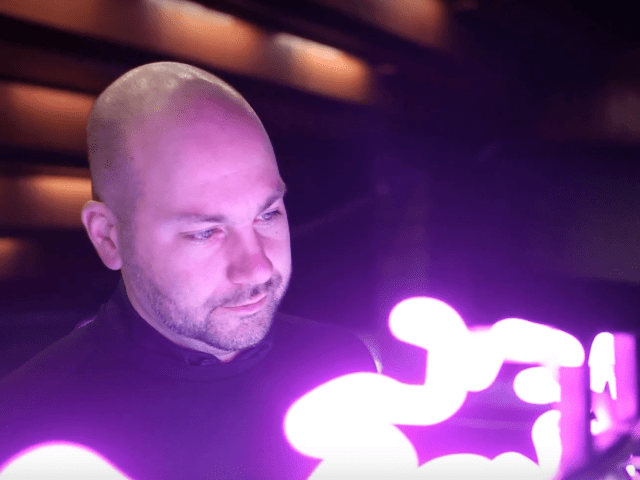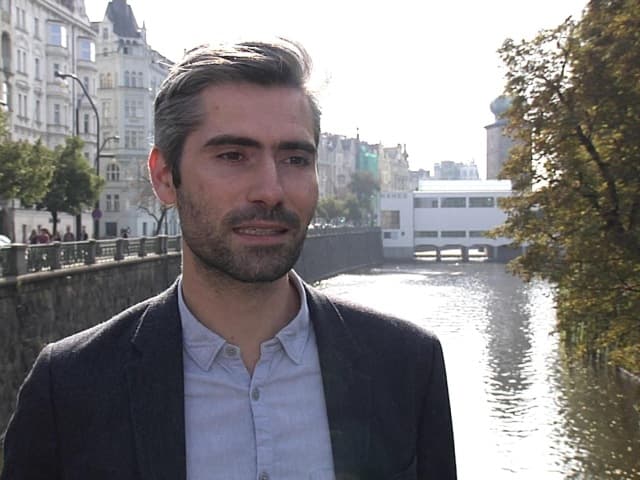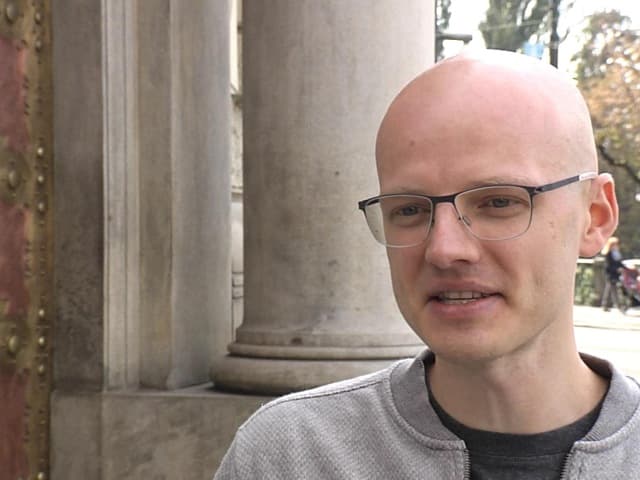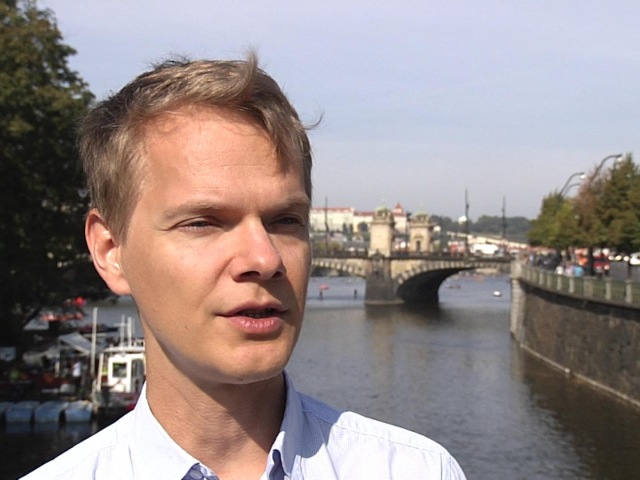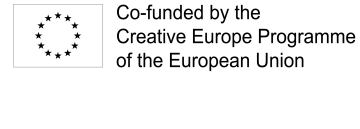Why Less Is More. Public Lecture with Studio NAND
Steffen Fiedler and Stephan Thiel from Berlin-based Studio NAND gave an overview of their practice of building data-driven tools for researchers and why good design is key in making complexity accessible.
"Why Less Is More" | Building data-driven tools and making complexities perceptible via design
The public lecture was hosted by reSITE 2017 Festival and Medialab Katowice. Berlin based research and design practice Studio NAND conducted the lecture, and gave an overview of their practice of building data-driven tools for researchers. And, they also explained why good design is key in making complexities of today's urban world more comprehensible as well as accessible.
Studio NAND works at the intersection of new modes of visualization, and technology development. Their practice incorporates technology and design into data visualization and design processes. They explore original and innovative ways of how to communicate things differently from upside down angle.
Lecturers
Stephan Thiel: Stephan Thiel is co-founder of the Berlin-based Studio NAND, where he realizes projects at the intersection of design and technology with a team passionate about communicating knowledge and making data accessible. The studio's clients include major cultural institutions, research departments, and leading technology firms seeking to design and conceptualize possible scenarios derived from research technologies. The studio's work ranges from data-driven installations and visualizations to speculative design concepts and has been exhibited worldwide. When he's not designing things, Stephan volunteers as a project lead for Start Coding e.V., a German non-profit supporting coding literacy, diversity in tech and education in collaboration with many partners.
Steffen Fiedler: Steffen Fiedler is one of the Co-Founders and Interaction Designer at Studio NAND – a multi-disciplinary design practice that explores interactions between society, science and technology. We use design as a method to craft engaging experiences, stories and visualisations for private and public sector organisations.
He has taught/lectured at University of Arts Berlin (UdK), University of Applied Arts Vienna, Copenhagen Institute of Interaction Design (CIID), Dresden Academy of Fine Arts (HfBK), University of Applied Sciences and Arts Northwestern Switzerland (FHNW), University of Applied Sciences Potsdam (FHP), Berlin Technical Arts School (BTK), Academy of Visual Arts Frankfurt a. Main (AVA).
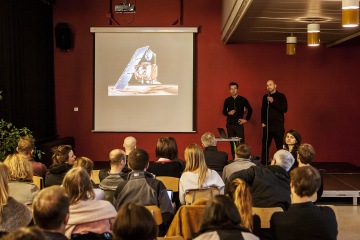
This lecture was organized as a part of the Shared Cities Creative Momentum project. #SCCM2020 #SharedCities
Shared Cities: Creative Momentum is a European cultural platform addressing the urban challenges of contemporary European cities. SCCM is a joint project of Goethe-Institut (DE), Czech Centres (CZ), reSITE (CZ), Academy of Fine Arts and Design in Bratislava (SK), Association of Belgrade Architects (RS), Contemporary Architecture Centre (HU), Katowice City of Gardens (PL), KUNSTrePUBLIK (DE), Mindspace (HU), Old Market Hall Alliance (SK), Res Publica – Cities Magazine (PL). Co-funded by the Creative Europe Programme of the European Union. Local partner: Regional Institute of Culture in Katowice.
Gallery
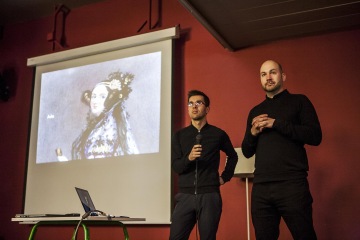
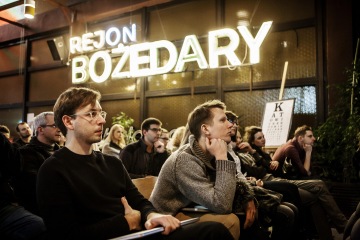
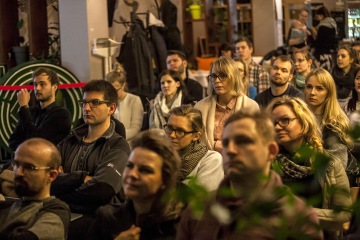
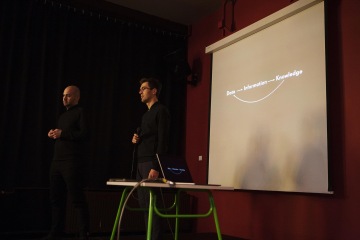
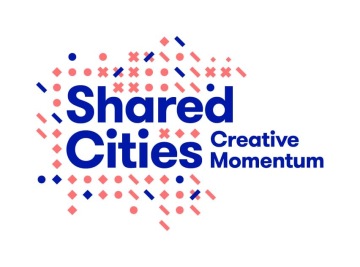
Related Talks
Why Accessible Data Creates Better Urban Enviornments | reSITE City Talks
Steffen Fiedler and Stephan Thiel, two founders of Studio NAND, discuss with reSITE the mission of their firm and some of their past and ongoing work. Studio NAND wants to create accessible knowledge by taking data and communicating it to influence policymakers and create an informed public.
What Does Shared City Mean? Jakob Racek
The knowledge we share.
What Does Shared City Mean? Karol Piekarski
Shared city, digital city.
What Does Shared City Mean? Kamil Pavelka
Cities are creative hubs.
